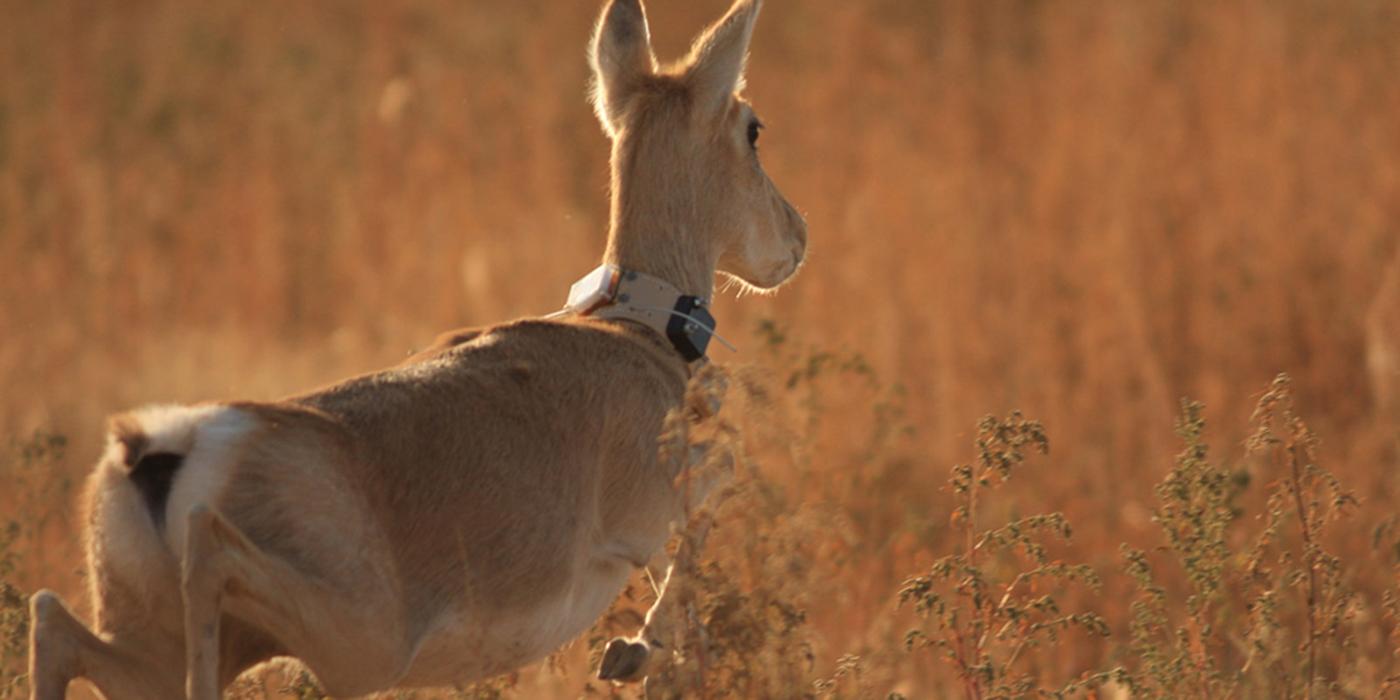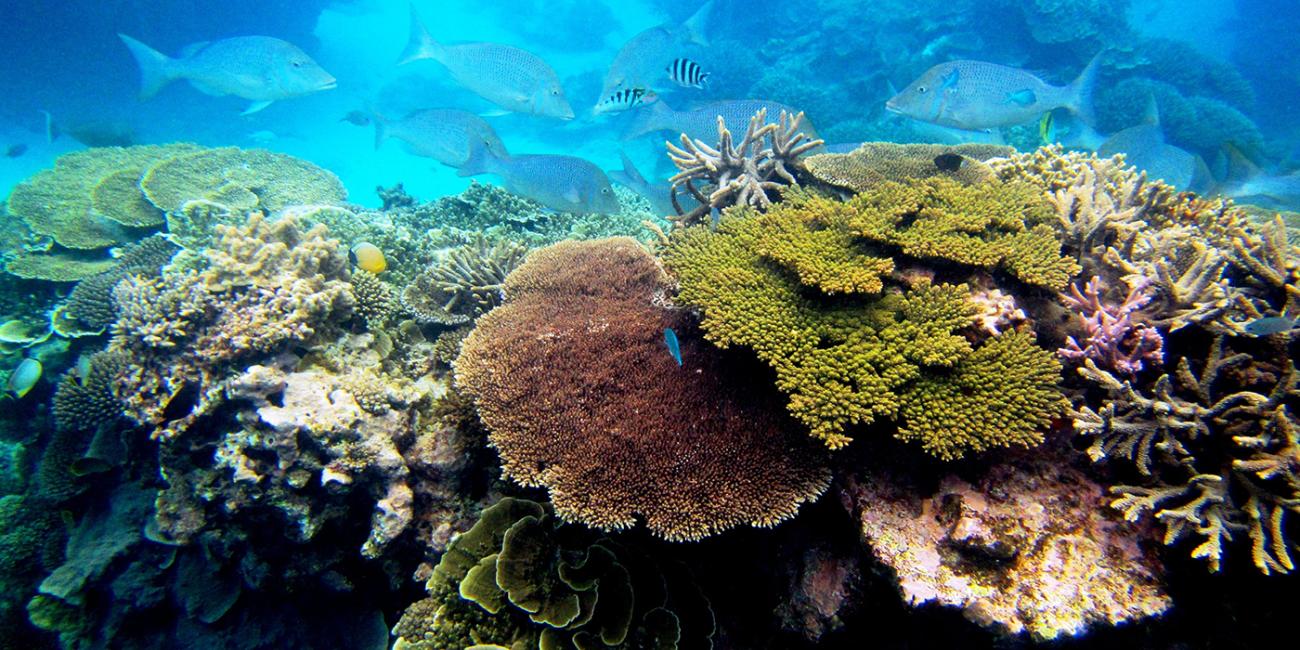Quantitative Ecology
The Conservation Ecology Center’s Quantitative Ecology Lab, located at the Smithsonian Conservation Biology Institute in Front Royal, Virginia, develops new theoretical frameworks and cutting-edge statistical methods. Led by Justin Calabrese, the lab’s efforts advance the understanding of animal movement processes, phenology-driven population dynamics, and emerging vector-borne disease dynamics.
Movement is a fundamental process that governs how animals find resources and interact with each other and their environments. Modern, highly autocorrelated tracking datasets have exposed critical limitations in many existing analytical tools. Continuous time stochastic process (CTSP) models solve these problems, but their adoption has been hindered by a lack of statistical methods and accessible software. The Quantitative Ecology Lab fills this gap by building a robust CTSP-based foundation for movement analysis that includes tools for visualization, model selection, home range estimation and path reconstruction. These methods are implemented in the publicly available continuous-time movement modeling (ctmm) package for R, a widely used free software environment for statistical computing. Additional movement analysis tools are currently under active development.
The Quantitative Ecology Lab is also a leader in teasing apart interactions between phenology and the dynamics of seasonal populations. Ongoing work in the lab is now expanding this phenology research program in two new directions: developing methods to leverage the massive amounts of insect citizen-science data that are currently being collected, particularly for butterflies; and exploring how phenology-climate interactions affect the dynamics and spatial spread of emerging vector-borne diseases including Zika virus, LaCrosse virus encephalitis and Lyme disease.












